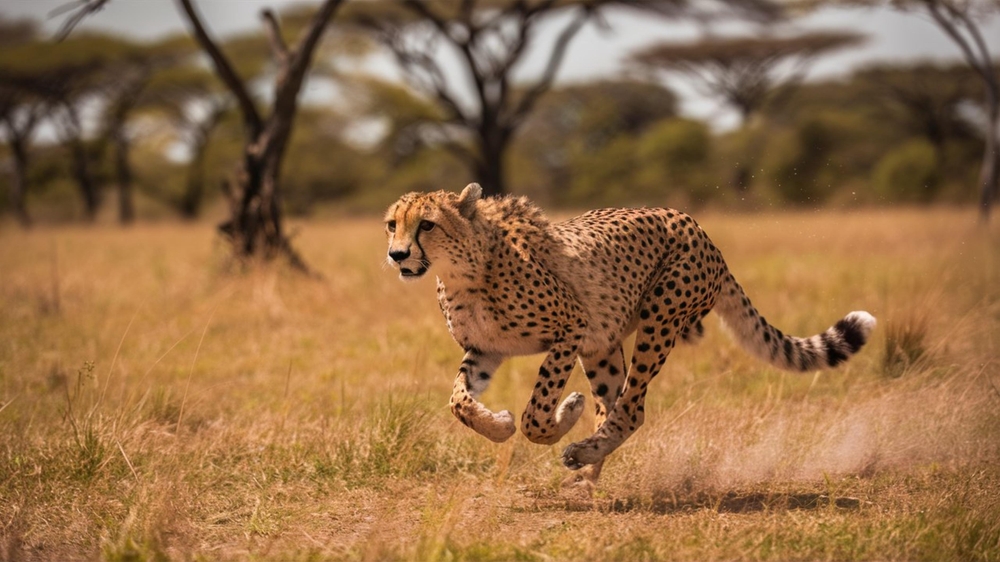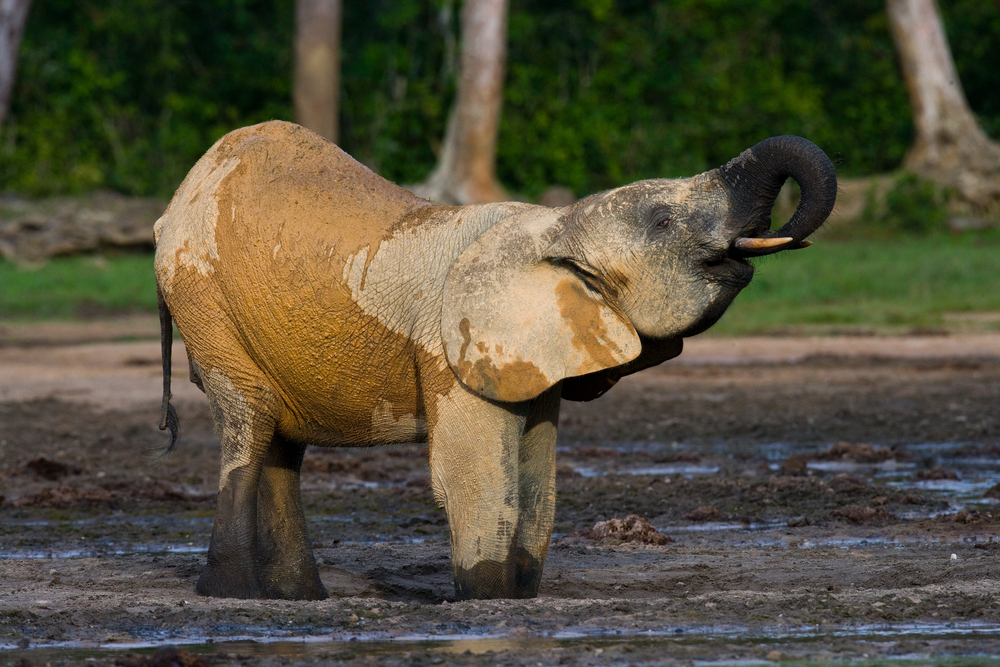Manovo-Gounda St Floris Overview
Manovo-Gounda St Floris National Park, locally known as Parc National du Manovo-Gounda St Floris, is one of the Central African Republic’s most renowned protected areas and a UNESCO World Heritage Site. Spanning over 17,400 square kilometers (6,718 square miles), it is the largest national park in the country and serves as a critical stronghold for biodiversity within the Sudanese-Sahelian savannah region. Located in the northeastern part of the country, the park is a remarkable blend of open plains, wooded savannahs, and seasonal wetlands.
The park’s landscapes are diverse and striking, ranging from the lush floodplains of the Bahr Aouk and Bahr Kameur rivers to the rugged foothills of the Bongos Massif. Seasonal flooding transforms the plains into nutrient-rich habitats, attracting vast numbers of wildlife and supporting a variety of vegetation. These ecosystems create a breathtaking panorama of nature’s raw beauty and ecological richness.
Manovo-Gounda St Floris is celebrated for its incredible wildlife diversity. Large mammals such as African elephants, black rhinos, and buffaloes roam the park’s expansive savannahs. It is also home to significant populations of cheetahs, lions, and leopards, which thrive in its open plains and dense woodlands. Other notable species include hippopotamuses, kobs, and waterbucks, all of which rely on the park’s rivers and wetlands for sustenance.
The park is also a haven for avian life, boasting over 320 bird species. Iconic species such as the saddle-billed stork, crested crane, and secretary bird are common sightings. Migratory birds such as yellow-billed storks and white pelicans enhance the park’s appeal, particularly during the migration season. These birds, along with raptors like the martial eagle and bateleur eagle, add to the park’s ecological vibrancy and make it a birdwatcher’s paradise.
The flora of Manovo-Gounda St Floris includes expansive grasslands interspersed with hardy acacias, baobabs, and riparian vegetation along the rivers. These habitats support herbivores and smaller mammals, forming the foundation of the park’s complex food web. Seasonal blooms of wildflowers add splashes of color to the landscape, enhancing its scenic beauty.
Despite its ecological importance, the park has faced significant challenges, including poaching and illegal grazing. In response, conservation efforts have intensified, with international organizations and the Central African Republic’s government implementing anti-poaching patrols, community education programs, and habitat restoration projects. Collaborative initiatives with neighboring countries aim to bolster cross-border conservation and ensure the survival of key species.
Visitors to Manovo-Gounda St Floris National Park can enjoy wildlife safaris, guided birdwatching tours, and river excursions. The park’s vast open plains and riverine landscapes offer unforgettable opportunities to observe wildlife in their natural habitats, making it a must-visit destination for nature enthusiasts.
In summary, Manovo-Gounda St Floris National Park is a jewel of the Central African Republic’s natural heritage. Its diverse landscapes, iconic wildlife, and dedicated conservation efforts make it an irreplaceable ecological treasure.














































































